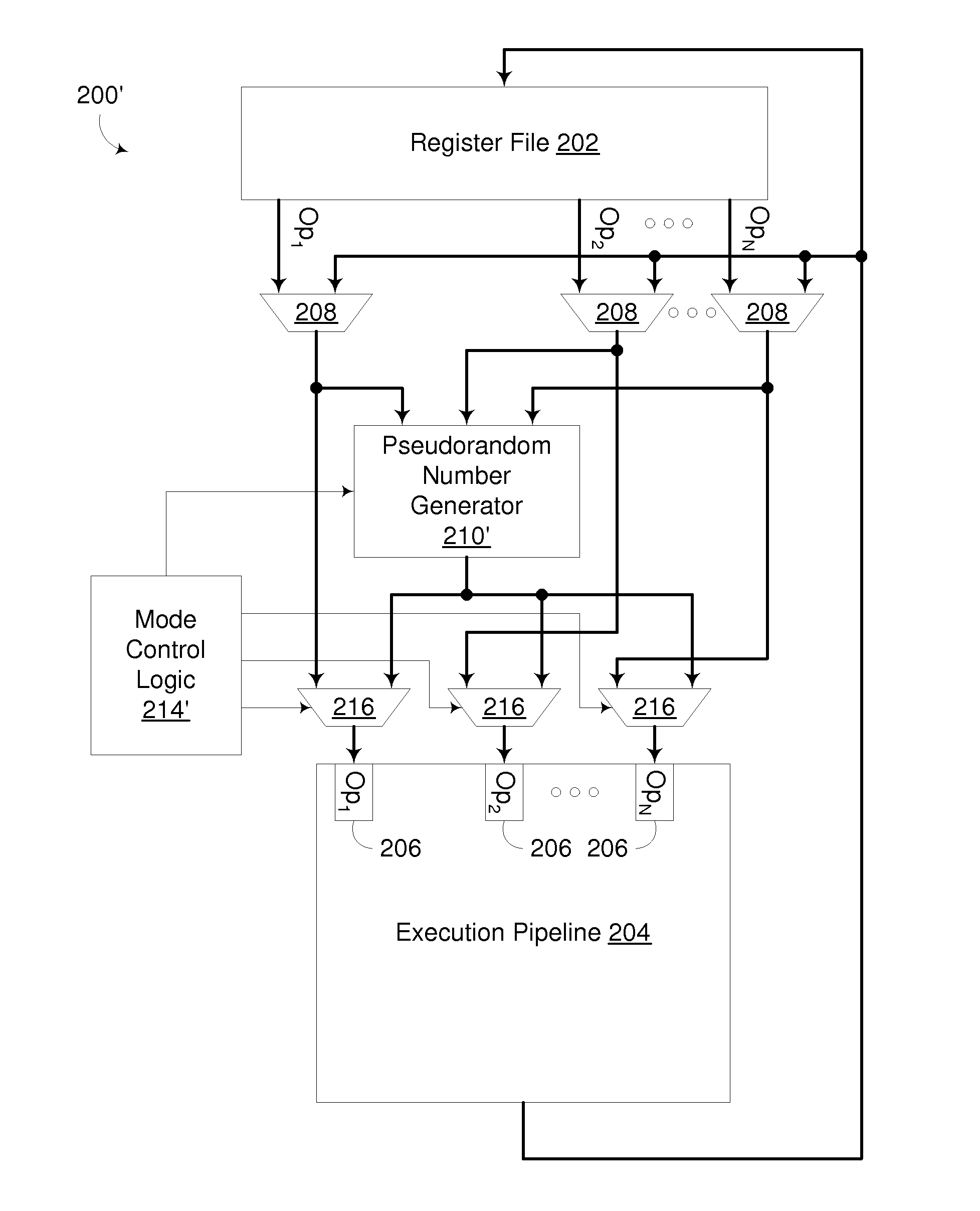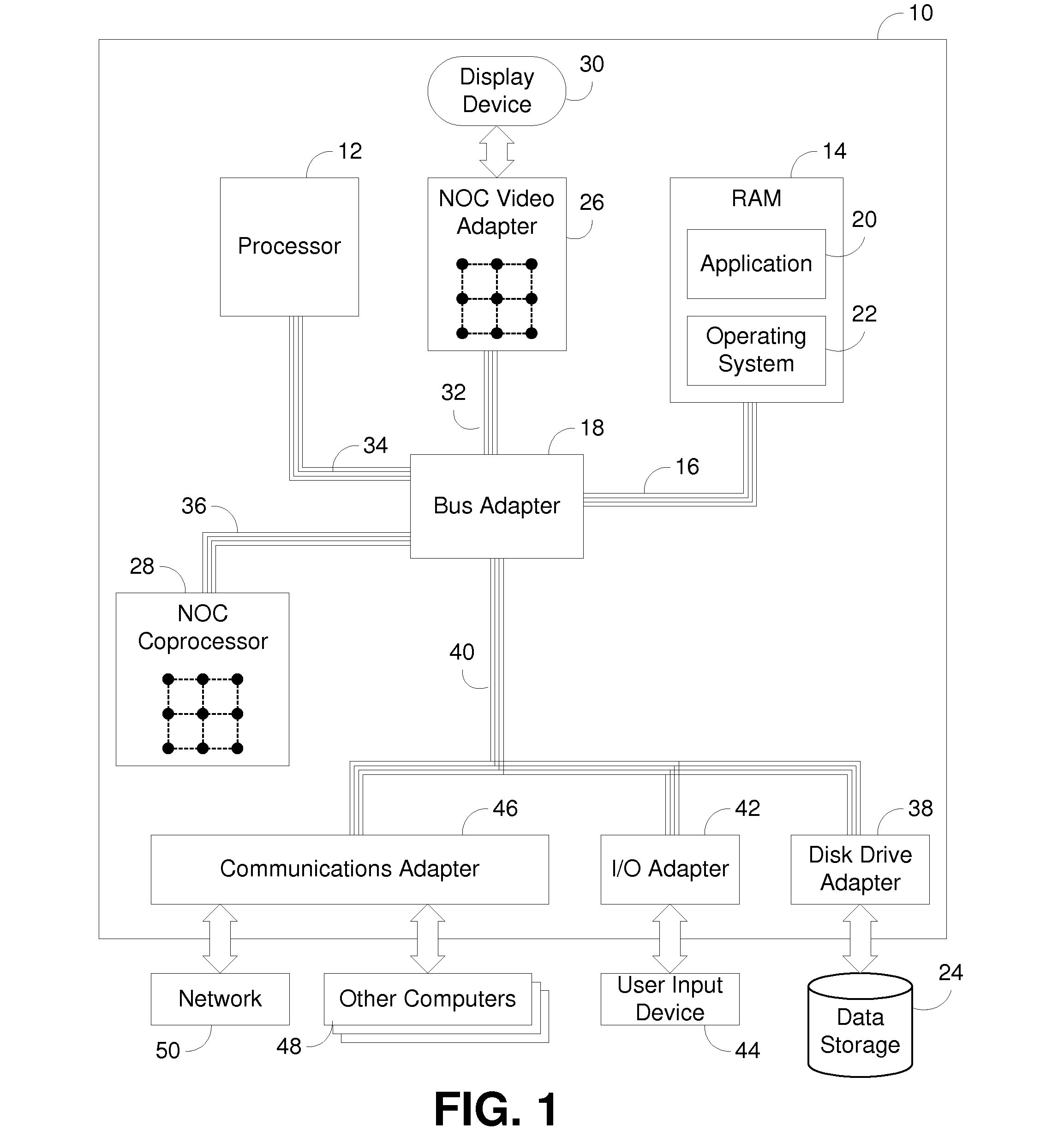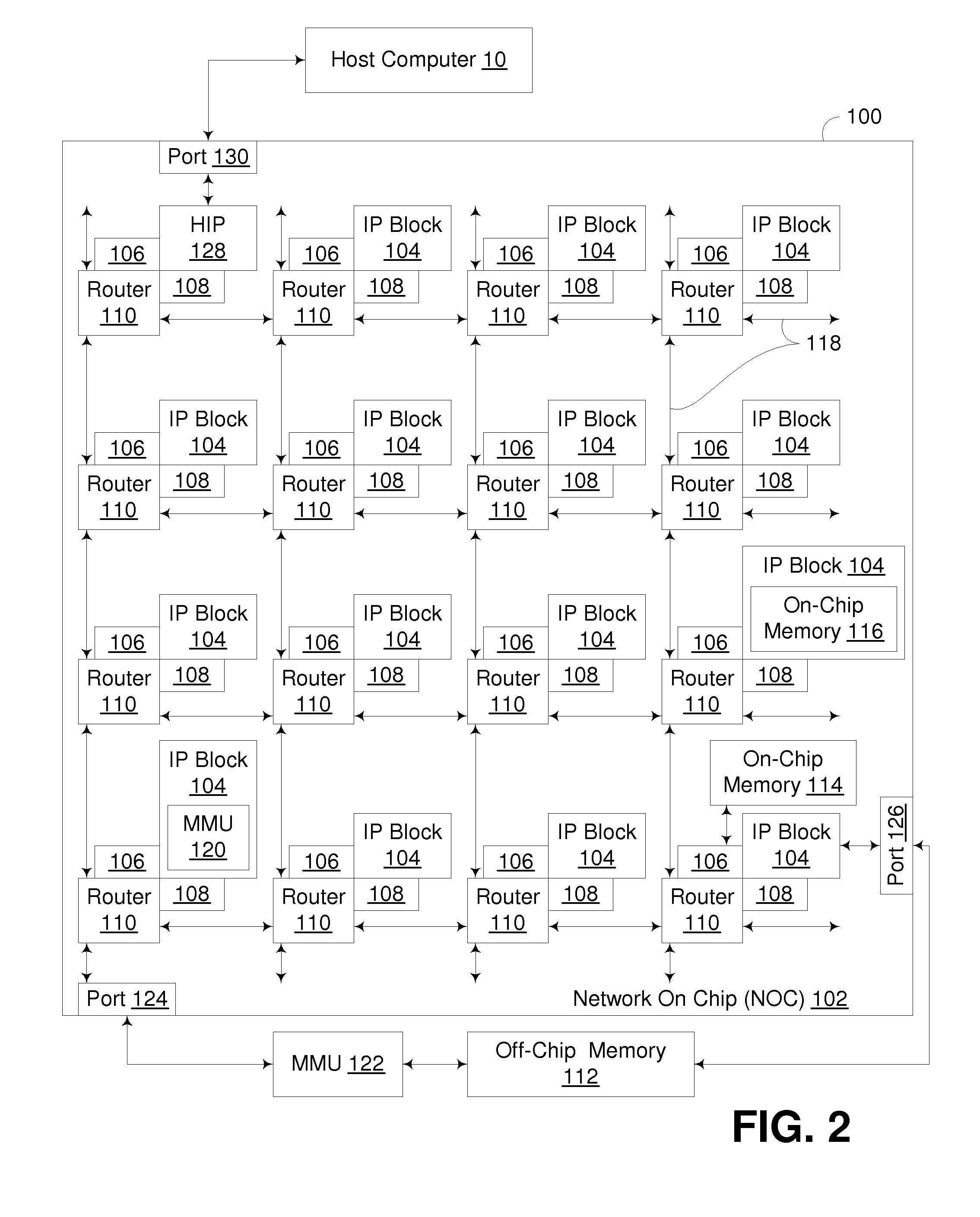Execution Unit With Inline Pseudorandom Number Generator
a pseudorandom number and execution unit technology, applied in the field of data processing, can solve the problems of slow function, inefficient execution of certain algorithms in a conventional execution unit, and inability to produce good random numbers in conventional hardwar
- Summary
- Abstract
- Description
- Claims
- Application Information
AI Technical Summary
Benefits of technology
Problems solved by technology
Method used
Image
Examples
Embodiment Construction
[0026]Embodiments consistent with the invention utilize an inline pseudorandom number generator (PRNG) in an execution unit to enable pseudorandom numbers generated by the PRNG to be selectively output to the execution unit for use as an operand during the execution of instructions by the execution unit. In many embodiments, providing pseudorandom numbers as operands for an execution unit in the manner described herein avoids dependent instruction stalls and long latency pseudorandom functions typically associated with the generation and use of pseudorandom numbers in conventional execution units.
Hardware and Software Environment
[0027]Now turning to the drawings, wherein like numbers denote like parts throughout the several views, FIG. 1 illustrates exemplary automated computing machinery including an exemplary computer 10 useful in data processing consistent with embodiments of the present invention. Computer 10 of FIG. 1 includes at least one computer processor 12 or ‘CPU’ as well...
PUM
 Login to View More
Login to View More Abstract
Description
Claims
Application Information
 Login to View More
Login to View More - R&D
- Intellectual Property
- Life Sciences
- Materials
- Tech Scout
- Unparalleled Data Quality
- Higher Quality Content
- 60% Fewer Hallucinations
Browse by: Latest US Patents, China's latest patents, Technical Efficacy Thesaurus, Application Domain, Technology Topic, Popular Technical Reports.
© 2025 PatSnap. All rights reserved.Legal|Privacy policy|Modern Slavery Act Transparency Statement|Sitemap|About US| Contact US: help@patsnap.com



